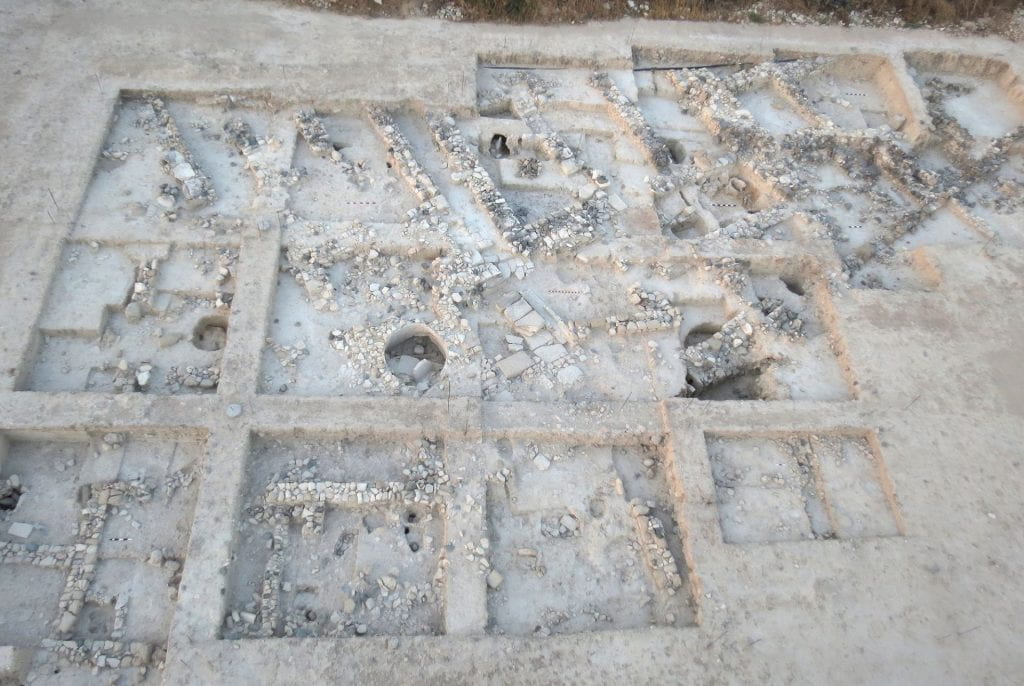American Expedition to Idalion, Cyprus
Dr. Pamela Gaber, Director; Professor Emerita of Archaeology and Religion, Lycoming College
Valerie Woelfel, Associate Director, Illustrator, GIS Specialist; Staff Geospatial Scientist, SWCA Environmental Consultants
Andrew M. Wright, Associate Director, Data Manager; Senior Research Analyst, Forum for Digital Culture, University of Chicago
Total # of database items
View Online Idalion.
OCHRE is the perfect solution to years of using Excel, FileMaker, and handwritten records. Now decades’ worth of excavation data are organized and accessible in an integrative and comprehensive online database!
The ancient site of Idalion, Cyprus, is located just south of the modern village of Dali in the Mesaoria Plain. In past centuries, Idalion drew the attention of several prominent antiquarians who plundered numerous sanctuaries and thousands of tombs, often with little or no documentation. The Swedish Cyprus Expedition carried out the first methodical and scientific excavations at Idalion on the West Acropolis (Ampileri) in 1928. The next major project was the Joint American Expedition in 1971–1980, directed by G. Ernest Wright, Lawrence Stager, Anita Walker, and Pamela Gaber. They investigated many parts of the site, including the West Terrace, Lower City, City Wall, East Terrace, and East Acropolis (Moutti tou Arvili). The Department of Antiquities continued excavations on the West Terrace in 1991–2012 under the direction of Maria Hadjicosti. They revealed a Cypro-Classical administrative center that was later conquered by the Phoenicians, who left an archive of economic documents. They also excavated a nearby Late Bronze Age site with workshops.
Gaber returned to Idalion to direct the American excavations in 1987 (University of New Hampshire Expedition), 1992–2002 (University of Arizona Expedition), and 2003–2024 (Lycoming College Expedition). She expanded the investigation of the Lower City and East Terrace, revealing more about domestic life, industry, and cult in the ancient city, as well as its urbanization and role in copper trade. Gaber’s team is currently in the process of digitally preserving and publishing excavation records from the Lower City (North, South, and East), East Terrace, and various probes. A long-term goal of this project is the integration of data from the Joint American Expedition, including unpublished regional survey data and excavation records from Neolithic Dali-Agridi and the medieval smelting site Lythrodontas-Teredia. Additionally, the project will include data from the Swedish Cyprus Expedition and objects dispersed in museum collections and storerooms around the world, digitally reuniting a large amount of Idalion’s material culture for the first time in an integrative and sustainable online database.

